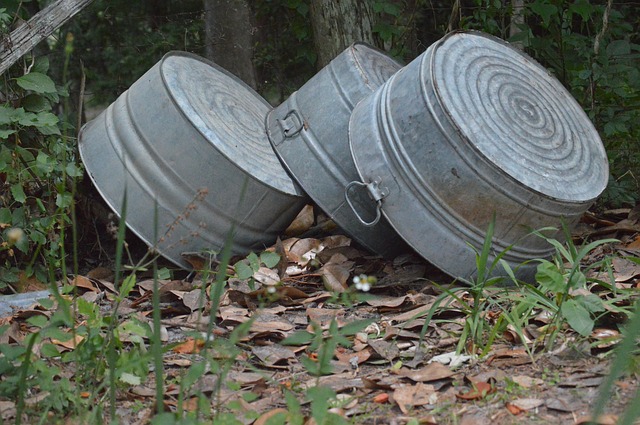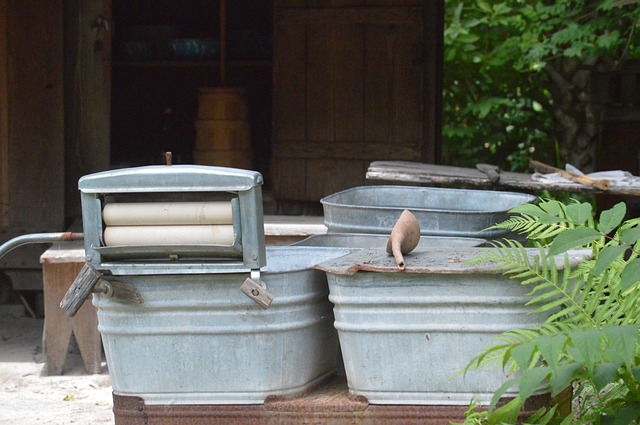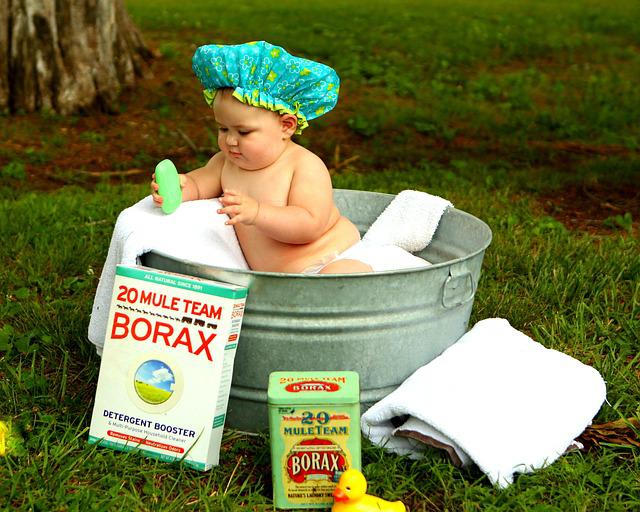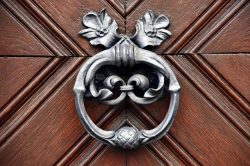Until the 20th Century, the wash basin was a needed item in all households since the majority did not have indoor plumbing. The washbasin was used to wash the hands and faces or for a quick bed bath type cleaning when the person did not want to haul many buckets of water in for a tub.
Contents
The water had to be heated in the fireplace first and then added to the tub.
Because of the hassle that was involved, many families would use a shared bathwater system. This is why so often the wash basin was used in more homes.
Today, it is difficult to find an original wash basin. There are still many out there, just harder to locate. The difficulty in finding the wash basins is one reason the price for purchasing or selling an Antique wash basin is higher today than it has been.
Antique Wash Basins and Pitcher sets are both historical and highly sought after as collectable. It is logical to say that the basin along with the pitcher will be valued higher than a single half of the set.
Understanding The History and Purpose

In the times before indoor plumbing was popular, the majority of families had wash basins in their homes. Most often, the basin and pitcher would sit on what they called a washstand or basin stand. This would be placed in the bedroom so the privacy was still there.
Other times, families would have the washstand with the basin and pitcher in the kitchen area, and they could cordon off the area for privacy. When the wash basins and pitchers came into play, they were, at first, considered to be for the elite.
The main purpose was to be a personal wash basin or bathroom for the person.
Brands

There were a variety of companies that made the wash basin and pitchers. A few to this day are still making these gorgeous items.
McCoy
McCoy pottery and Stoneware began in 1848 and ran until profits began to decline. They officially closed in 2001. One of the most popular patterns for McCoy was the Wildflower pattern.
Black English Ironstone
George Jones and Sons were one of the companies to produce the Black English Ironstone basin and pitcher sets. The now-defunct company was quite the rage in its time. Today, the pieces can be sold, but are not valued as highly.
Roseville
Roseville pottery was most known for the sponge look on its pieces. They were popular in the era, as they were priced lower than others.
Crown Ducal
The Crown Ducal Company was known for the tall and slender pitchers they designed. A. G. Richardson and Co. began in 1915, was sold in 1974 and eventually closed.
Frankoma
The Frankoma company is still in business today. They have made a wide variety of wash basins and pitchers. John Frank founded the company in 1933, while he was still employed at Oklahoma University.
Identification and Recognition

- Size
- Pitcher and Basin
- Market Prices
When it comes to determining the price of a Vintage Pitcher and wash basin, there are certain aspects to look for. The condition of the pitcher and bowl set will be what determines the value and price for these pieces.
Mint condition is a set that has no chips, no crazing, no hairline cracks and no repaired sections will bring in about 50 to 75% more than a piece that is cracked or damaged in any way. However, there will be times when a faded section of paint will be accepted easier than a slight hairline crack in the glazing, or a tiny chip.
Next, you need to determine what time period the set is from. If the set is from a historical time period, slight damage may be acceptable. However, most often, any damage would only be accepted if the set is rare. The meaning of rare in this case would be identified if the set was owned by royalty or a notable historical figure. If a pop icon figure owned the set or part of the set, this would allow for an increased value or price.
Look on the underside of the pitcher or the basin to find the maker’s mark. Looking under the basin or the pitcher will also help you find the sign of the time when the piece was made.
A great find would be to find the wash basin with the pitcher and the washstand. The washstand looks like it would be a side table, a nightstand or a bedside table. Finding the complete set is amazing and would skyrocket the value immensely.
The washstand itself may have a cut out for the wash basin. There may be one or two cutouts for glassware, and a wider circle indentation to hold the pitcher in place.
Main Styles

The wash basin stands were categorized in three main styles. These were:
- Georgian Era
- Victorian Era
- Edwardian Era
The Georgian Era stands were stands with long leggy appearances. There was an indentation or cutout for the basin and a possible one for the pitcher. The Georgian Era went from 1830 to 1837. There would be two or three legs on the Georgian Era stands. The stands came in various sizes and styles. These Georgian Era stands usually had two tiers.
Victorian Era wash stands were much more elaborate. The stands also became wider and the cutout for the basin itself had been removed. It was deemed as no longer needed. Coloured tiles and decorative surfaces became popular. The Victorian Era was from 1837 to 1901. The Victorian Era lasted longer than the other main styles.
The versatile covered surfaces became a necessity at this time. These stands were often supported with drawer pedestals.
The Edwardian Era lasted from 1901 to 1910. The stands were supported by sturdy legs and backs on the upper surface area. Many of the Edwardian stands had mirror backs on them. On the stands themselves, one would find large compartments and also some small drawers.
The Edwardian style was easy to classify as it had expensive surfaces and finishings. What makes an antique basin and pitcher worth the effort of the search? Once indoor plumbing became the norm, these wash stands, basins and pitchers were no longer needed. They basically became obsolete.
Today, you would most often find these sets or one-piece as a stand-alone decoration piece. Collectors are lucky to find a complete set at flea markets, yard sales or estate sales. However, these most often will not be in mint conditions. The value of a wash basin will diminish if there is crazing, hairline cracks or any obvious spots where a repair has been made.
As stated, value is based on the condition, the maker’s mark and the historical value, along with the age. Collectors will search Auction Houses for an original wash basin. Value is definitely not as good as it once was. Due to the reproduction of both the wash basin and the pitcher, only true collectors know where to search for value.
To identify whether you have a reproduction or if you actually have an antique the first thing to do is look for the mark from the manufacturer. It will likely be located on the underside of the item. The marks are there to help identify not only who made the item, but also the approximate date of production and location of the production. The item may also be numbered. This means that on the chance that only a certain number was made, the number located on the item would tell you which number you own out of the total.
Your best option to determine the value of the Washbasin you own would obviously be to have it appraised by a professional. If this is not possible in person, there are many sites on the internet where you can have an appraisal done online. This would involve you taking pictures from every angle and close-up shots of any damage or crazing. Crazing is known as cracks in the glaze.
Some minor issues are acceptable depending on the age and the history of the ownership of the item.
Antiquing is a particular hobby. It is difficult to get into this type of hobby unless you know what you are looking for. This is not to say that you would be unable to find either great deals at thrift stores or estate sales, it is just harder to do so unless you have knowledge on your side.
Before jaunting off to flea markets, sales, and thrift stores research so you are aware of the identifiable conditions that are acceptable. Once you find the item, decide if you plan to keep it in a collection for yourself, or if you plan to resell the item. If the plan is to resell the item to make a profit, look for the market that would be the best for selling your item.




